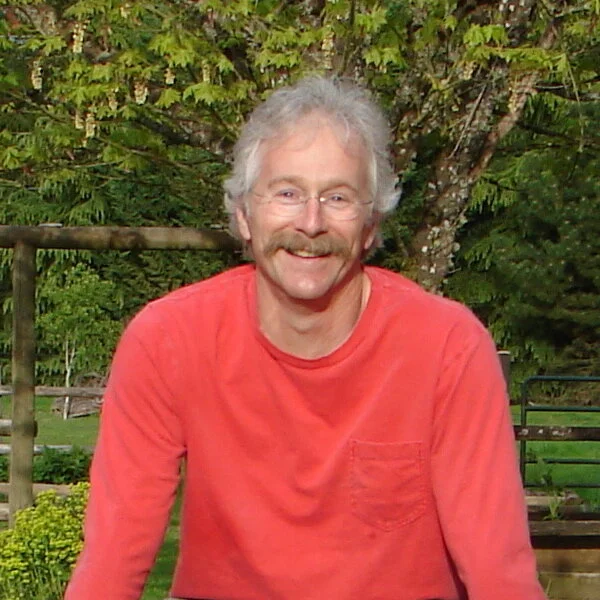In her poem “Messenger,” Mary Oliver states that her work “is mostly standing still and learning to be astonished.” I grew up easily astonished by the landscape I was raised in, and I was the last child anyone would have thought would move halfway across the country. I came to Minnesota for college and did not plan to stay here afterwards. The idea was always to immediately and triumphantly return to the Pacific Northwest. Clearly, nearly a decade later, this didn’t happen, and I’ve been preoccupied with the idea of home ever since.
Georgia O’Keeffe was an incredibly intrepid woman with many homes that she loved deeply in different ways over her long life. The way she made these homes and carried them with her means something to me that I find hard to put into words: it is a blueprint, a guide of some sort by which I also try to write my way home in poems. Her painting “Black Abstraction” is a rendering of what she saw going under anesthesia—the tiny pinprick of the overhead light, the strange dark forms looming, the suggestion of an arm. O’Keeffe’s abstractions are my favorites because they dive straight into the feelings of a thing. A place. An object. They take the familiar and blow it up until you recognize it in the unrecognizable.
O’Keeffe said of abstractions: “Even if I could put down accurately certain things that I saw & enjoyed it would not give the observer the kind of feeling the object gave me.—I had to create an equivalent for what I felt about what I was looking at—not copy it” (March 21, 1937, to an unidentified recipient). This is how I feel attempting to describe what it is about home that means so much to me. What it is that is impossible to render in plain language. Why when I say, “I want to go home,” there is something there that can’t be and isn’t anywhere else. The trees, the sky, the strange animals skirting the tidepools, the light against the mountains. Most of my work is me trying to create this equivalent so that someone can understand the memories I have of the big brown pond full of largemouth bass my parents’ house sits around. Or how looking East down the street while waiting for the bus to junior high was a perfect view of the Cascades. The one house on the block with the most enormous ferns in the front yard that, as a kid, I thought looked like something straight out of when dinosaurs lived. The exact shades of color which are impossible to describe to anyone who hasn’t also seen them. I have friends who have accepted, by now, my hatred of Midwestern winters and the humid summers. It’s a joke—one I’m in on, but one that also sharply chips away at a particular place in me where something important is kept. The poems I write about observing nature are my response to the misunderstanding of my desire to go home. It is not so much about hatred of here, but about love of there. They are an attempt to make it clear what it is I’m missing to someone who has never seen it. They are a bridge between where I am and where I came from: also finding in Minnesota an eagle, or a blooming skunk cabbage, or blue aster.
O’Keeffe always referred to painting as “the work”—dragging canvases with her on hikes through Texas plains, rising with the sun to capture a particular shade, modifying her Ford so she could sit in it and paint out of the blazing heat. It is enjoyable work to write about my home which constantly astonishes. It has been more tedious work to find that same awe in the place I live, but necessary. Only in the last few years has the Midwest in my poems seen the lilacs bloom, or watched a red bird against the snow, or catalogued the day my partner and I saw our first ever yellow-bellied sapsucker and then spent all of our walks searching each tree for the neat rows of taps it left behind. When I write about the lakes here, I am writing about the lake back home we dove into at night from the pier. I am writing the equivalent to the best of my ability in the hope that you will understand.
The way that Georgia O’Keeffe was compelled to put the way she felt about a place or an object down on paper in some attempt to be understood—sometimes painting the same thing time and time again—the way she tried to crack the world open so it felt more true—watching it through the hole in a pelvis—was, I think, the same astonishment Mary Oliver practiced, and the same one I try to find now. When I go out on walks with my dog and we stop to watch a falcon lock eyes with a squirrel in a tree down the street, or a cardinal flaming against the summer-green foliage of the neighbor’s yard, or a robin ecstatically bathing in a puddle at the end of a driveway, I think of both O’Keeffe and Oliver pausing on their own walks just to watch and work. To note the details of things which might look small, but which feel large: the curl of a flower’s petal or the edge of a bone, the speckled clam and the blue plums.


